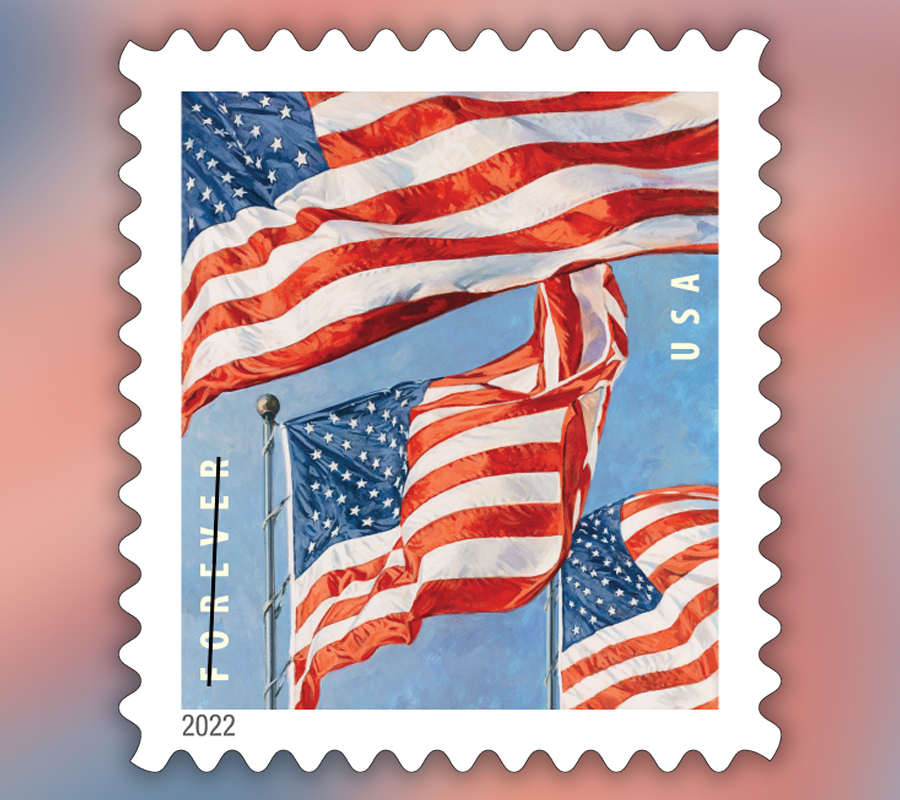Postage Costs Increase: First-Class Stamps Now £1.70

Table of Contents
The Impact of the £1.70 First-Class Stamp Price Increase on Businesses
The new £1.70 first-class stamp price represents a considerable increase in business postage costs. This impact is felt differently depending on the size and type of business. Small businesses, often operating on tighter profit margins, will feel the pinch more acutely than larger corporations with bigger budgets. Increased shipping costs directly affect operational expenses, potentially necessitating adjustments to pricing strategies to maintain profitability.
- Increased postage budget required: Businesses will need to allocate a significantly larger portion of their budget to cover postage expenses.
- Potential impact on profit margins: The increased cost of mailing could severely squeeze profit margins, especially for businesses that rely heavily on postal services.
- Necessity to explore cost-saving measures: Companies will be forced to investigate ways to reduce their reliance on traditional mail, including exploring cheaper postage alternatives.
- Examples of businesses heavily reliant on postal services: Businesses like direct mail marketers, e-commerce companies with physical product offerings, and those regularly sending invoices or contracts will feel the impact most strongly.
The rise in business postage costs necessitates a thorough review of current mailing practices and a proactive search for cost-effective mailing solutions. Ignoring this increase could lead to decreased profitability and reduced competitiveness.
Alternatives to Royal Mail for Sending Letters and Parcels
While Royal Mail remains a ubiquitous postal service, the £1.70 first-class stamp price makes exploring cheaper postage alternatives increasingly attractive. Several options exist, each with its own set of pros and cons regarding cost, speed, and reliability.
- Other postal services: Companies like Parcelforce, DPD, Hermes, and Evri offer various services, often with competitive pricing structures depending on package size and destination. Careful comparison shopping is crucial.
- Digital communication methods: Email remains a highly cost-effective alternative for many types of communication, replacing physical letters for invoices, confirmations, and other non-sensitive information.
Comparison of Alternatives:
| Service | Pros | Cons | Cost Comparison (approx.) |
|---|---|---|---|
| Royal Mail | Wide reach, reliable | High cost | £1.70 (first-class letter) |
| Parcelforce | Fast delivery, good tracking | Can be more expensive than other options | Varies greatly |
| DPD | Reliable, good tracking | Can be expensive for smaller packages | Varies greatly |
| Hermes | Relatively inexpensive | Tracking might be less detailed | Varies greatly |
| Evri (formerly Hermes) | Budget-friendly | Potentially slower delivery speeds | Varies greatly |
| Instant, cost-effective | Less formal, security concerns possible | Virtually free |
Choosing the right alternative depends on factors such as package size, urgency, destination, and the sensitivity of the information being sent.
Predicting Future Postage Cost Increases and How to Prepare
The recent surge in first-class postage to £1.70 is unlikely to be an isolated incident. Several factors contribute to rising postage costs, including inflation, increasing fuel prices, and the ongoing operational costs of postal services. Analyzing historical data reveals a consistent upward trend in postage prices over the years.
- Factors contributing to rising postage costs: Inflation, fuel costs, wages, and investment in infrastructure all play a significant role.
- Historical data on postage price increases: Tracking past increases allows for better prediction of future trends, although external factors can influence the rate of change.
- Strategies for managing future postage cost increases: Implementing strategies such as bulk mailing, negotiating contracts with postal services, and optimizing mailing lists are crucial for mitigating future price hikes. Regularly reviewing postage costs and exploring alternative mailing methods will ensure long-term cost management.
By proactively monitoring trends and adapting strategies, businesses and individuals can better prepare for inevitable future postage rate increases and minimize their financial impact.
Conclusion: Adapting to the New £1.70 First-Class Stamp Price
The increase in the first-class stamp price to £1.70 represents a significant financial shift for both individuals and businesses. Understanding the implications and exploring available alternatives is paramount to managing postage costs effectively. This means actively researching cheaper postage alternatives, diligently planning your postage budget, and staying informed about future changes in postage rates. Don't let rising postage costs cripple your business or personal finances. Take control by adopting a proactive approach to managing your postage expenses and explore the various cost-effective solutions available. Stay informed about future changes in postage costs to maintain financial stability.

Featured Posts
-
 Kristen Stewarts Directorial Debut Fashion Icon At Cannes 2025
May 19, 2025
Kristen Stewarts Directorial Debut Fashion Icon At Cannes 2025
May 19, 2025 -
 Kypriako Kai Dimereis Sxeseis Synantisi Kompo Sigiarto Enopsei Proedrias Ee
May 19, 2025
Kypriako Kai Dimereis Sxeseis Synantisi Kompo Sigiarto Enopsei Proedrias Ee
May 19, 2025 -
 The Chronology Of Water Premiere Kristen Stewarts Red Carpet Look At Cannes 2025
May 19, 2025
The Chronology Of Water Premiere Kristen Stewarts Red Carpet Look At Cannes 2025
May 19, 2025 -
 Qdas Alqyamt Fy Dyr Sydt Allwyzt Lhzat Iymanyt Ebr Tqryr Alwkalt Alwtnyt Llielam
May 19, 2025
Qdas Alqyamt Fy Dyr Sydt Allwyzt Lhzat Iymanyt Ebr Tqryr Alwkalt Alwtnyt Llielam
May 19, 2025 -
 Jennifer Lawrence And Cooke Maroney Welcome Second Child
May 19, 2025
Jennifer Lawrence And Cooke Maroney Welcome Second Child
May 19, 2025
